Resume Readability: 17 Best Fonts for Resumes
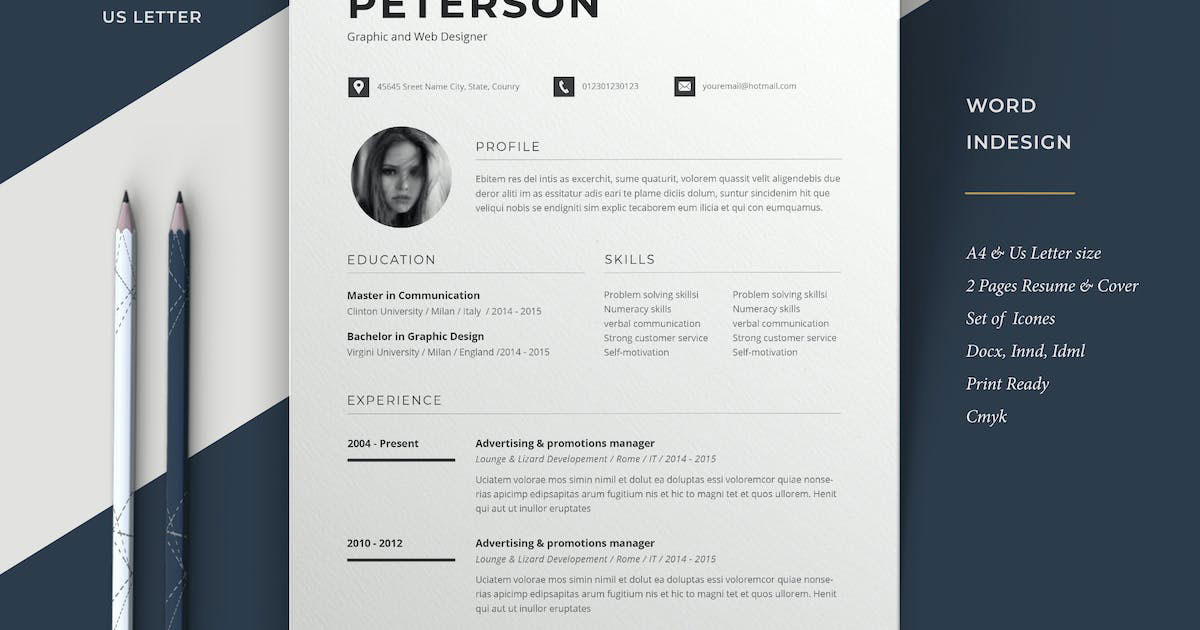
Imagine this: You’ve crafted a resume that’s a masterpiece of your achievements, but wait, does the font scream ‘professional’ or ‘meh’? Let’s dive into the world of the best fonts for resumes. Why? Because the font you choose is the suit your words wear in front of your future boss. It’s not just about looking good; it’s about making those words work for you.
In this read, we’ll unravel the magic behind selecting the perfect font. It’s not just Arial versus Times New Roman.
It’s about typography that speaks professionalism, font readability that glides the recruiter’s eyes through your skills, and font styles that echo your personality.
We’ll guide you through the digital compatibility maze, ensuring your resume shines on every screen, and help you navigate the ATS-friendly pathways.
By the end, you’ll have a toolkit of serif and sans-serif fonts that balance creativity with professionalism.
You’ll learn how to pair fonts for visual hierarchy, tweaking font size for impact, and ensuring your resume’s font is recruiter-friendly. Ready to make every letter count?
The Best Fonts for Resumes
| Font Name | Serif/Sans-serif | Readability | Professionalism | Commonly Used | Uniqueness |
|---|---|---|---|---|---|
| Times New Roman | Serif | High | Very High | Very High | Low |
| Cambria | Serif | High | High | High | Medium |
| Georgia | Serif | High | High | Medium | Medium |
| Garamond | Serif | High | High | Medium | High |
| Didot | Serif | Medium | Medium | Low | High |
| Book Antiqua | Serif | High | High | Low | High |
| Baskerville | Serif | High | High | Low | Medium |
| Century Schoolbook | Serif | High | High | Low | Medium |
| Arial | Sans-serif | High | Medium | Very High | Low |
| Calibri | Sans-serif | High | High | Very High | Low |
| Helvetica | Sans-serif | High | High | High | Low |
| Verdana | Sans-serif | High | Medium | High | Low |
| Lato | Sans-serif | High | Medium | Medium | Medium |
| Trebuchet MS | Sans-serif | High | Medium | Medium | Medium |
| Gill Sans | Sans-serif | High | Medium | Low | High |
| Futura | Sans-serif | Medium | Medium | Low | High |
| Tahoma | Sans-serif | High | Medium | Medium | Medium |
Serif Fonts
Hey there! Let’s jump into the serif world, a realm where each letter gets a little extra flair. We’re talking about those tiny feet at the ends of letters.
They’re not just for show; they add a classic, polished look to your resume. In a pile of a thousand, you want yours to whisper, “I’m the one,” right?

This might sound old school, but it’s like that timeless little black dress – it just works. Perfect for when you want to keep it professional and readable. You can’t go wrong here, especially in formal fields like law or academia.
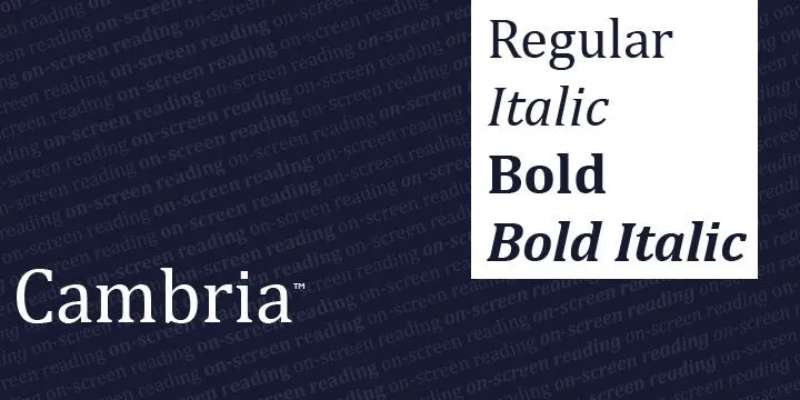
It’s like Times New Roman’s modern cousin. Designed specifically for on-screen reading, its legibility is top-notch. Ideal if your resume is more likely to be read on a screen than on paper.
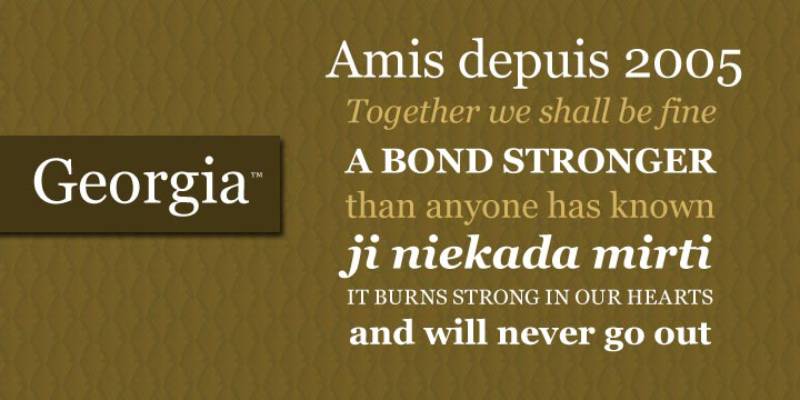
It’s got this warm, inviting vibe. Its letters are a bit wider, making it super reader-friendly. Plus, it looks great on any device, thanks to its strong digital compatibility.
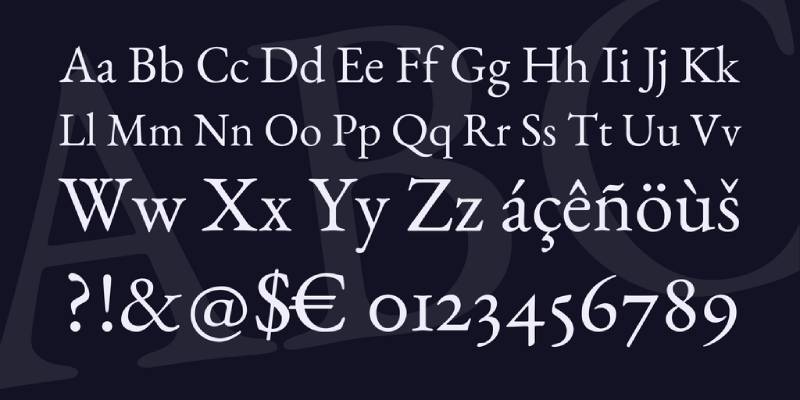
Oh, Garamond – elegant, sophisticated, a touch of old-world charm. It’s for those who want to stand out, but in a subtle, “I’ve got class” kind of way.
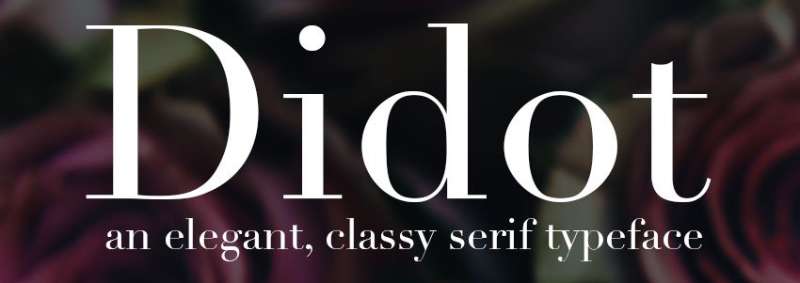
Think high-end fashion magazine. It’s pretty stylish, so it might be a hit in more creative fields. Just keep in mind, it’s better for headers than body text.
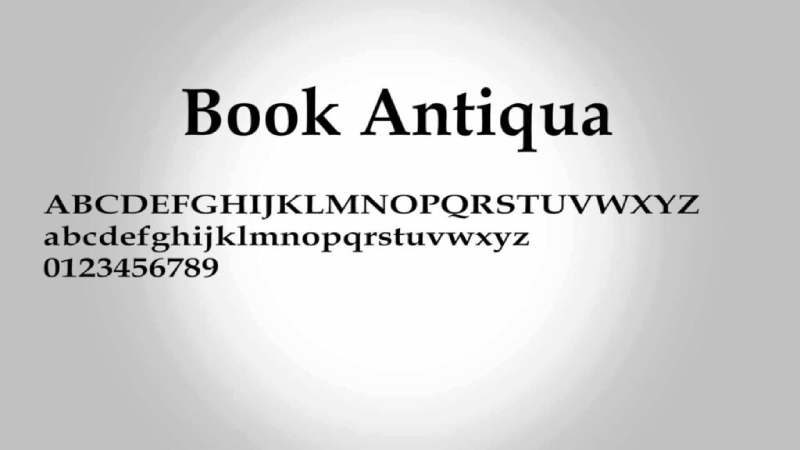
It is your go-to if you’re after that classic, literary feel. It’s perfect for making a statement without screaming for attention.
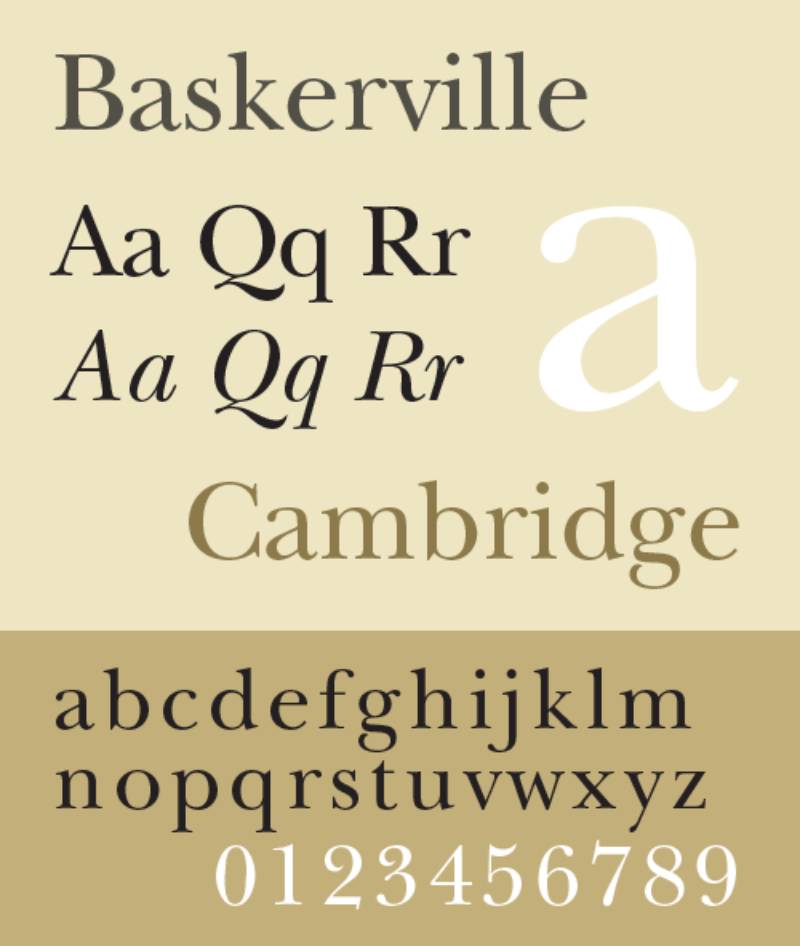
It’s got history, quality, and screams credibility. If you’re in the business of words, this font can be your silent ally.
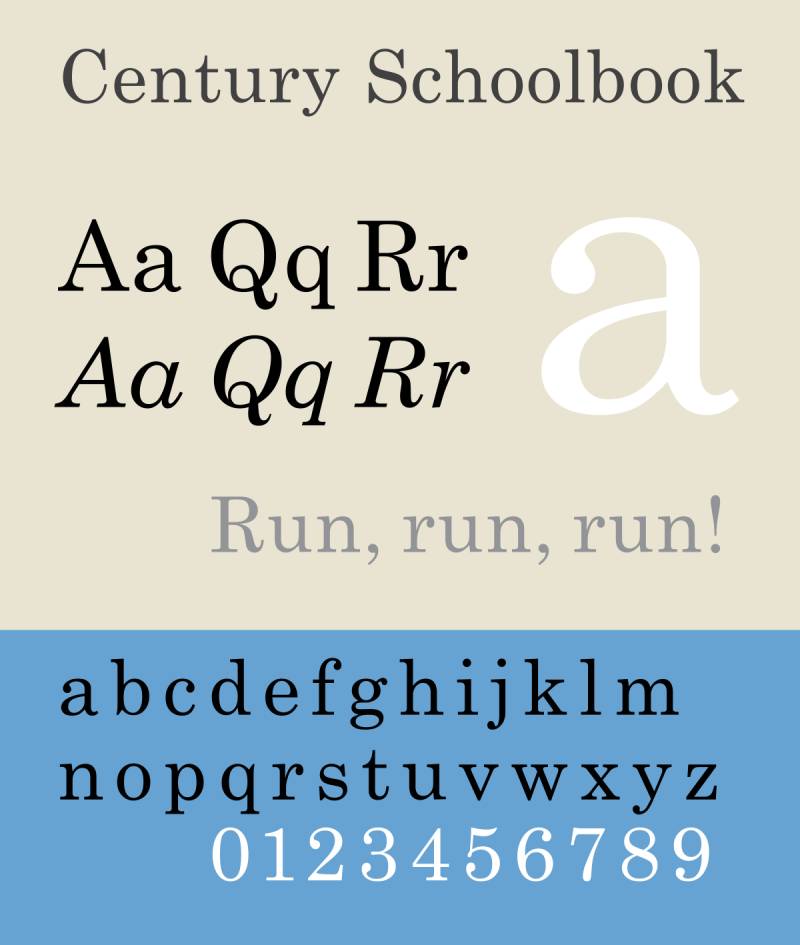
These guys are all about clarity and ease of reading. They work great for longer resumes where you need the reader to stay hooked.
Sans-Serif Fonts
Alright, let’s switch gears and talk about sans-serif fonts. These are the no-fuss, clean-cut characters that ditch the tiny feet.
Think of them as your sleek, modern outfit that says, “I’m here, I’m clear, and I mean business.” Perfect for making your resume look fresh and up-to-date.
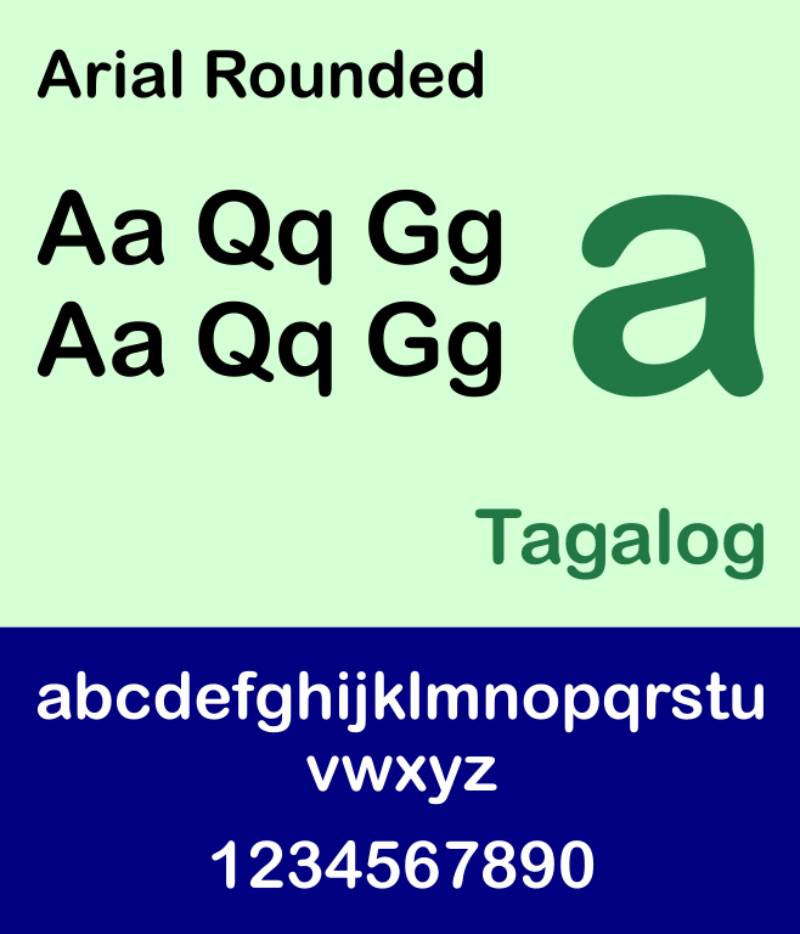
It’s like that reliable friend who’s always got your back. Simple, straightforward, and oh-so-readable. It’s a safe bet, especially if you’re not looking to take big risks with your resume’s look.
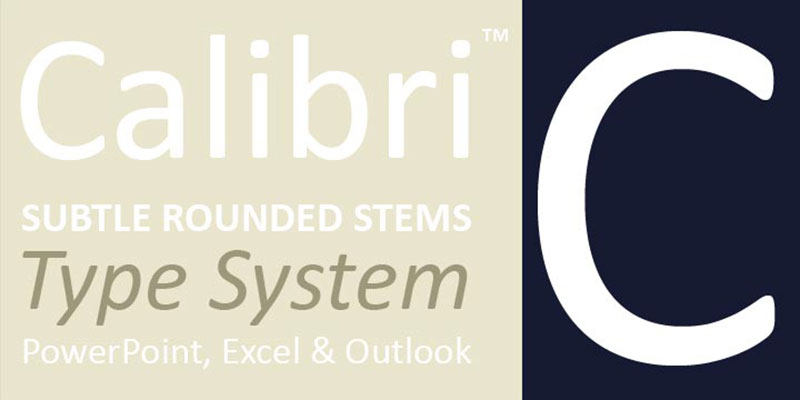
It’s the default font for a reason. Easy on the eyes and friendly on all screens. It’s a modern classic for the digital age. If your resume is more likely to be scanned on a screen than printed, Calibri is your pal.
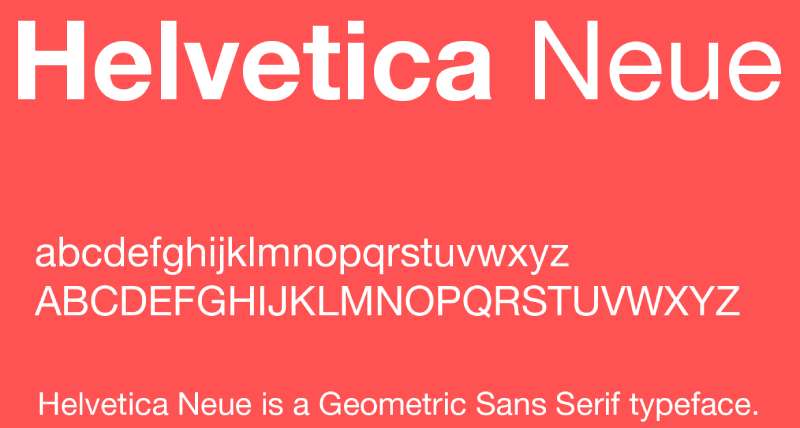
It is the James Bond of fonts – clean, attractive, and always in style. It’s a bit more upscale than Arial, so if you want to add a hint of sophistication, this is your go-to. It’s especially popular in design and tech circles.
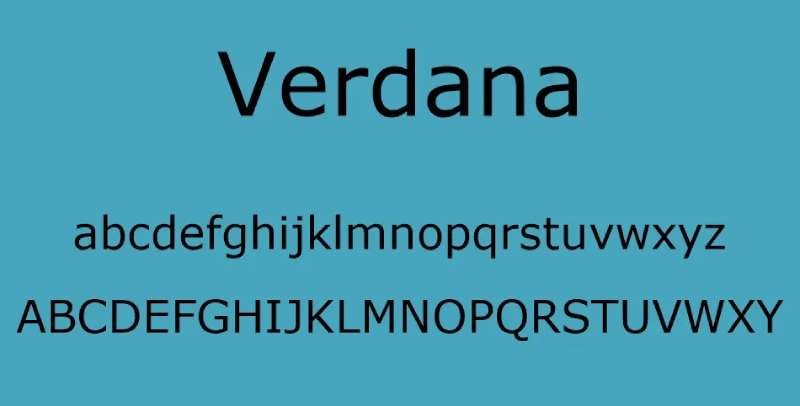
It’s kind of like Helvetica’s more relaxed cousin. A bit wider, super clear, and great for readability. If you’ve got a lot to say and need to keep it crisp, Verdana will help you out.
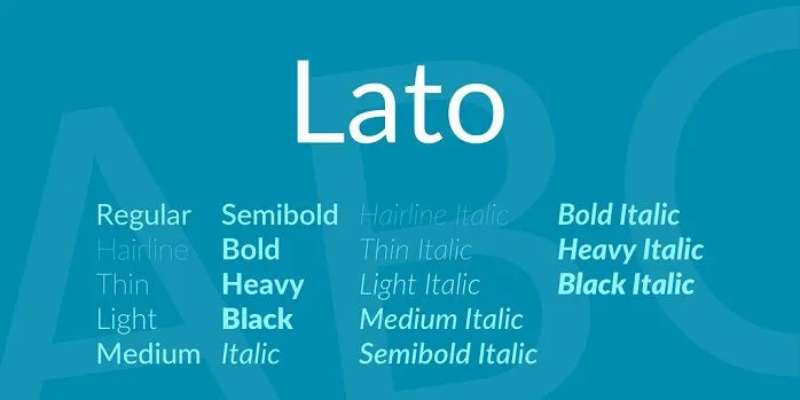
It’s relatively new but has quickly become a favorite for its stylish, yet approachable look. It’s perfect for those who want to add a contemporary edge to their resume.
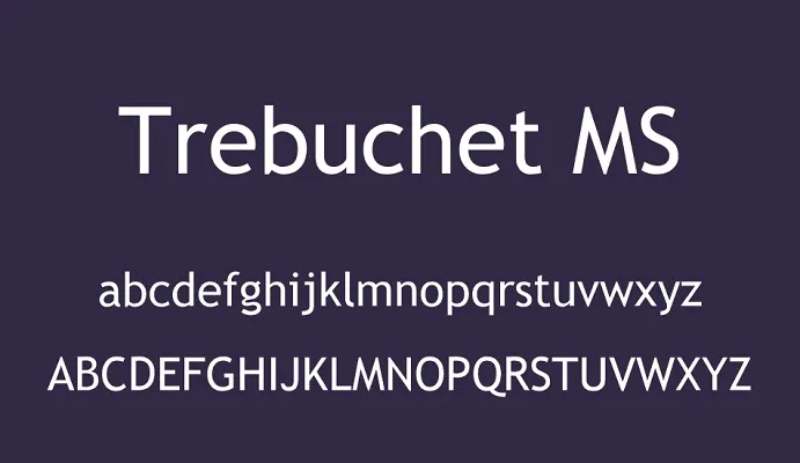
This font don’t let the odd name fool you. This one is all about functionality with a friendly twist. It’s great for making your resume feel open and inviting.
Into the future with Avenir Next. It’s sleek, it’s professional, and it’s got a bit of a tech vibe. If you’re in a forward-thinking industry, Avenir Next might just be your match.
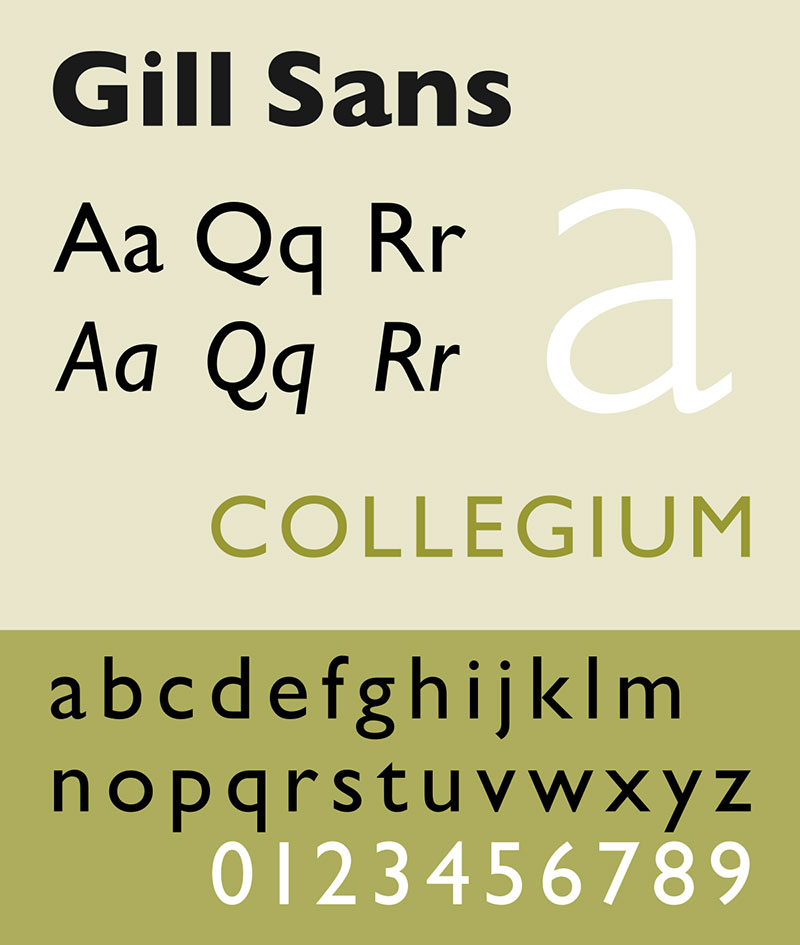
It walks the line between classic and modern. It’s got a bit of a British vibe – straightforward, but with a hint of elegance. Ideal for resumes that aim for a balance of traditional and contemporary.
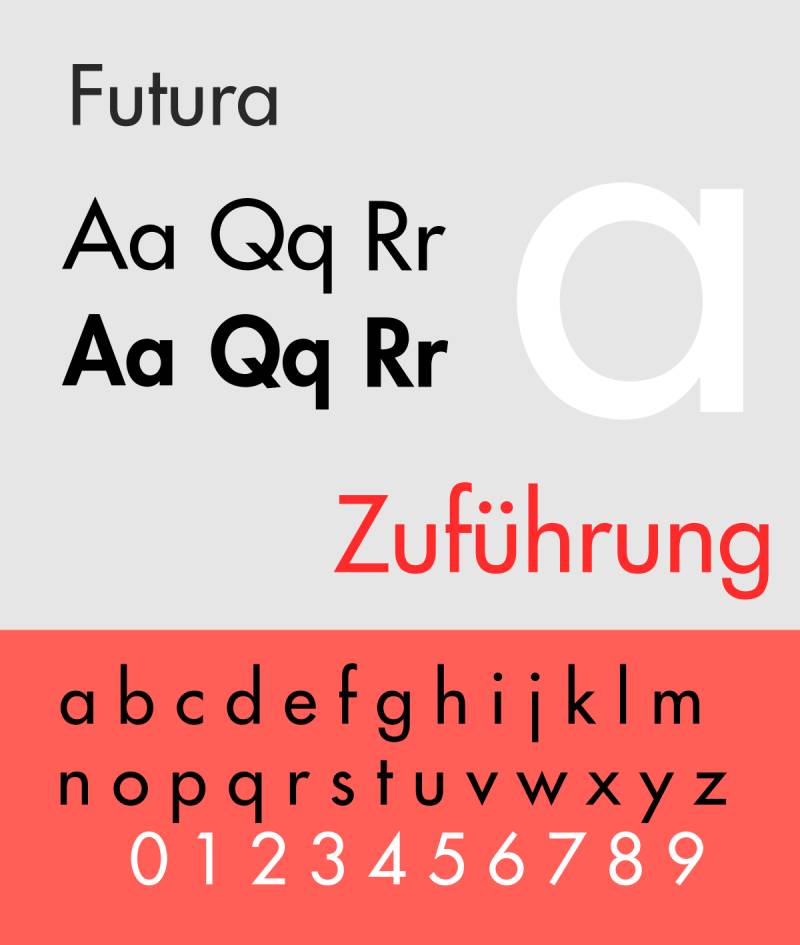
It’s the font of tomorrow, today. Futuristic, yet surprisingly readable. If you’re in a creative or innovative field, this font can give your resume a cutting-edge feel.
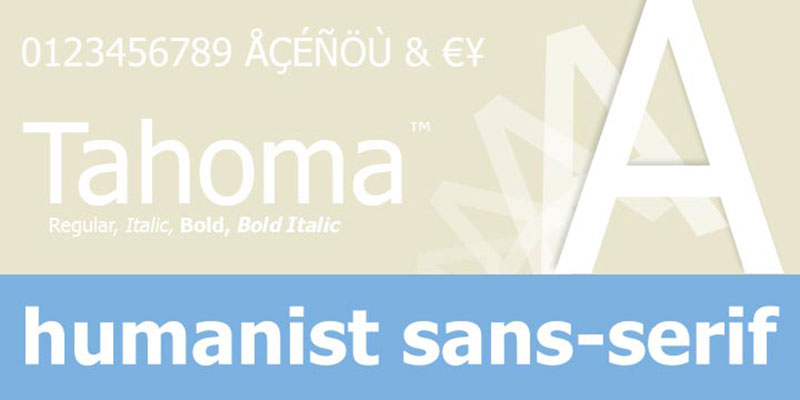
It’s like Verdana’s little sibling – compact, clear, and effective. Great for squeezing in more info without sacrificing clarity.
Font Size and Formatting
Optimal Font Size
Okay, let’s zoom in on font size. It’s like the volume of your voice. Too loud (big) and it’s overwhelming, too soft (small) and it’s a strain. The sweet spot? 10 to 12 points. It’s the Goldilocks zone where everything reads just right.
Why this range? Well, it’s about striking a balance. You want your words to be clear and comfy to read, without making your resume look like a novel or a tweet. Adjusting size for layout and clarity is key. Got a lot to say? Lean towards 10 points. Less content? Feel free to bump it up to 12. It’s all about making your resume as readable and as appealing as possible.
Emphasizing Key Sections
Now, onto emphasizing stuff. Think of your resume like a map. You want to guide the reader through your professional journey with clear signs. How? Use bold for names and headers. It’s like saying, “Hey, look here, this is important!” It helps the reader scan and catch the vital bits.
And for the less shouty parts, like your job descriptions or achievements, italics for supporting text works wonders. It’s a subtle nudge, adding a bit of emphasis without the full-on glare of bold text.
Avoiding Over-Stylization
Less is more, folks. Seriously. When you’re playing with fonts, sizes, and styles, remember: your resume is not a Broadway show poster. Avoiding over-stylization is crucial. You want to stand out for the right reasons – your skills and experiences – not because your resume looks like a ransom note with ten different fonts and rainbow colors.
Keep it clean, keep it classy. Stick to one or two fonts at most. Consistency is your friend. Your resume should be a smooth read, with just enough emphasis to highlight the important bits, but not so much that it looks cluttered or hard to follow.
Serif vs. Sans-Serif Fonts
Alright, let’s break down this classic battle: Serif vs. Sans-Serif. When we’re talking about the best fonts for resumes, this is like choosing the right outfit for an interview. You want to match the vibe of where you’re applying, right?
Characteristics of Serif Fonts
Serif fonts are the ones with the tiny feet at the end of each letter. They’re like the old-school, vintage jeans of the font world. Why pick them? Well, they scream professional, traditional, and trustworthy.
Imagine you’re applying to a law firm or a corporate gig. Serif fonts, like Times New Roman or Garamond, are your pals. They have this air of formality and respect that just fits with certain industries. They’re also great for readability in printed forms, making them a solid choice for traditional sectors.
Characteristics of Sans-Serif Fonts
Now, let’s flip the coin. Sans-serif fonts are your clean, modern skinny jeans. No extra frills at the end of each letter. They’re all about being straightforward, modern, and approachable.
These fonts, think Arial or Helvetica, are perfect for more modern, forward-thinking companies. Tech start-ups or creative agencies? They’ll love the clean, minimal vibe of sans-serif fonts. Plus, they are awesome for readability on digital platforms, making them ideal for resumes that are more likely to be viewed on screens than printed.
Choosing Based on Industry and Job Type
So, how do you choose? Think about where you’re aiming to work. Is it more traditional, established, and formal? Go with serif. Or is it more modern, innovative, and casual? Then sans-serif is your go-to.
Special Considerations for Creative Fields
In the creative world, rules can be a bit more, well, flexible. Here, choosing the best fonts for resumes is like being a DJ at a party – you have the freedom to mix and experiment!
Flexibility in Font Choice
For the artists, designers, and out-of-the-box thinkers, your resume is a canvas. You can play around with fonts that show your creative flair. Think of Didot for its high-end fashion vibe or Futura for its clean, artsy look.
But remember, even in creative fields, readability is key. Don’t get so lost in style that your resume becomes hard to navigate. A touch of personality? Yes. Going overboard? Nope.
Balancing Creativity with Professionalism
It’s a tightrope walk. You want to show your unique style, but you also need to keep it professional. Pairing a more expressive font for headings with a simpler font for body text can be a sweet spot. This way, you capture attention and still keep the content clean and clear.
Common Mistakes in Font Selection
Now, let’s talk about what not to do when picking the best fonts for resumes. It’s like avoiding fashion faux pas – some things just don’t work.
Using Overly Complex or Decorative Fonts
Cursive or novelty fonts? They’re fun for party invites, not your resume. They can be hard to read and often don’t translate well in digital formats or through ATS systems. Keep it legible and professional.
Choosing Fonts That Lack Professionalism
Comic Sans, we’re looking at you. It might seem friendly, but it screams unprofessional. Stick to fonts that show you mean business.
Overlooking Readability on Different Devices
Your resume isn’t just a piece of paper anymore. It needs to look good on screens of all sizes. Test your font choices on different devices to ensure they’re legible whether someone’s viewing on a laptop, tablet, or phone.
Pairing Fonts for Visual Appeal
Ever tried pairing sneakers with a suit? It’s bold, unconventional, but when done right, it’s a style statement. Same goes for mixing fonts in your resume. It’s about creating a vibe that’s both unique and harmonious.
Combining Serif and Sans-Serif Fonts
Think of serif and sans-serif fonts like cheese and wine – different, but they can complement each other beautifully. A serif font for your headers (like Garamond) paired with a sans-serif font for the body text (like Calibri)? Chef’s kiss! It brings a balance of tradition and modernity to your resume, making it stand out in a sea of monotone designs.
Guidelines for Effective Font Pairing
Here’s the secret sauce for pairing fonts:
- Contrast is key. Mix a strong character font with a more subdued one.
- Stick to a similar vibe. Don’t pair a super formal font with a casual one.
- Keep it to two fonts. Like in cooking, too many ingredients can spoil the dish.
Finalizing Your Resume Font Choice
You’ve played around with options, now it’s decision time. It’s like picking the final look for a big day – you want to make sure it’s just right.
Testing Readability in Different Formats
Before you seal the deal, test drive your font choice. Print it out, email it, view it on different devices. What looks good on your laptop screen might be a blurry mess on a phone. Ensure your choice is legally readable across all platforms.
Seeking Feedback from Peers and Professionals
Sometimes, you need a second pair of eyes. Share your resume with friends or mentors. Their feedback can be invaluable. They might spot things you missed, like if a font is hard to read or if it doesn’t quite match the professional tone you’re aiming for.
Ensuring Consistency Across the Resume
Consistency is the final piece of the puzzle. Your font choice should be uniform throughout your resume. Headers, body text, your name – everything needs to align. This doesn’t just make your resume easier to read; it also shows you’ve got an eye for detail.
FAQ On Best Fonts For Resumes
What’s the Best Font for a Professional Resume?
For a professional resume, go with classic and clear fonts. Times New Roman, Arial, or Calibri are safe bets. They’re like the navy blue of the font world – always in style and easy on the eyes. You want something that says, “I’m reliable and straightforward.”
Can I Use Different Fonts on My Resume?
Absolutely, but keep it to two max. Mixing a serif font for headers (like Garamond) with a sans-serif (like Helvetica) for body text works great. It’s like wearing a watch – adds a bit of style but still functional.
Is It Okay to Use a Creative Font for My Resume?
In creative fields, yes, but keep it readable. Fonts like Didot or Futura can showcase your style. Think of it as adding a personal touch to your outfit, but remember, the main event is still your skills and experience.
How Important Is Font Size on a Resume?
Super important. Stick to 10-12 points for readability. It’s like choosing the right volume for a conversation – not too loud, not too soft. And for headings, a tad larger to guide the reader’s eye.
Can I Use Script Fonts on My Resume?
Script fonts are a no-go. They’re hard to read and don’t play well with Applicant Tracking Systems (ATS). Keep it more straightforward with fonts like Arial or Garamond. Think of it as speaking clearly without mumbling.
What’s the Best Font for a Resume If I’m Applying to a Tech Company?
Tech companies often prefer modern, clean fonts. Helvetica, Lato, or Arial are solid choices. They’re like wearing smart casual – professional yet with a modern twist.
Should My Resume Font Match the Cover Letter?
Definitely. Consistency is key. It shows you’re organized and have an eye for detail. Matching your resume and cover letter fonts is like coordinating your shoes with your belt – it ties the whole look together.
What Font Should I Avoid on My Resume?
Steer clear of fonts like Comic Sans and Papyrus. They’re not taken seriously and can hurt your professional image. It’s like showing up to a business meeting in beachwear – just doesn’t fit the scene.
Is It Okay to Use Bold and Italics in My Resume?
Yes, but sparingly. Use bold for headings or your name, and italics for job titles or quotes. It’s like using spices in cooking – a little goes a long way.
How Do I Choose the Best Font for My Industry?
Think about your industry’s personality. Corporate fields favor traditional fonts like Times New Roman. Creative industries? Something modern like Futura. It’s about matching your resume’s style to the industry’s vibe.
Conclusion On Best Fonts For Resumes
So, here we are at the end of our font journey. We’ve dived deep into the world of best fonts for resumes, exploring everything from the classic charm of serif fonts to the crisp clarity of sans-serifs. Remember, your font choice is like your handshake – it sets the tone for your first impression.
A few takeaways:
- Professional Typography matters. Whether it’s the trusted elegance of Times New Roman or the modern simplicity of Arial, the right font speaks volumes before you even say a word.
- Readability is key. You want your achievements to be easily spotted, not hidden in a maze of fancy lettering.
- Adaptability across devices is crucial in this digital age. Your resume should look sharp whether it’s on a laptop screen or a mobile phone.
In the end, your resume is your story. The fonts you choose should reflect your professional narrative, balancing creativity and professionalism. Now, armed with this knowledge, you’re ready to make that resume not just read but remembered.
If you liked this article about the best fonts for resumes, you should check out this article about the best fonts for advertising.
There are also similar articles discussing the best fonts for YouTube thumbnails, the best fonts for reading, the best fonts for subtitles, and the best fonts for posters.
And let’s not forget about articles on the best fonts for wedding invitations, the best fonts for graphic design, the best fonts for newsletters, and the best fonts for t-shirts.
- Purple Color Palettes Fit for Royalty - 16 May 2024
- How To Find A Font: Top Font Finders To Use - 16 May 2024
- The Guinness Logo History, Colors, Font, And Meaning - 15 May 2024









